
How Can You Tell If Your Dog Is Truly Full
Watching your dog lick their bowl spotless often feels reassuring – surely they’re satisfied? But that clean dish doesn’t always mean a full belly, and constant begging can leave you second-guessing.
If you’ve ever leaned in for a doggy kiss only to recoil from a whiff that could clear a room, you’re not alone. Bad dog breath isn’t just a nuisance—it can be a sign of underlying health issues. But before you resign yourself to a life of mint - scented hand sanitizer, here’s how to banish that stench fast.
First things first: what’s causing that odor? In the US and UK, vets see everything from dental plaque build - up to diet - related issues. Processed treats loaded with artificial ingredients? They’re often culprits. And don’t forget about local health codes. In some European cities, feeding your dog raw meat from unregulated sources can lead to bacteria growth—and not just bad breath, but legal trouble if authorities suspect improper food handling.
Let’s talk dental hygiene. Regular brushing is non - negotiable, but finding the right toothpaste matters. Avoid human products with xylitol, which is toxic to dogs. In many Western households, pet - specific enzymatic toothpastes are a hit. Plus, in states like California, where animal welfare laws emphasize proper care, neglecting dental hygiene could land you in hot water. Make brushing fun with treats, and your dog will soon associate it with playtime.
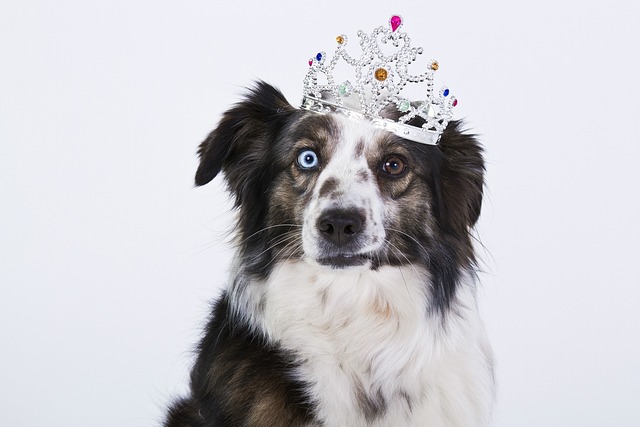 Diet is a game - changer. Switching to dry kibble can help scrape plaque off teeth, unlike soft foods that cling. But read those labels carefully. In Canada, for example, pet food regulations require clear ingredient lists. Look for formulas with natural breath - freshening ingredients like parsley or peppermint. And if you’re in an area with strict food waste laws, like Germany, make sure you dispose of uneaten food properly to avoid fines.
Diet is a game - changer. Switching to dry kibble can help scrape plaque off teeth, unlike soft foods that cling. But read those labels carefully. In Canada, for example, pet food regulations require clear ingredient lists. Look for formulas with natural breath - freshening ingredients like parsley or peppermint. And if you’re in an area with strict food waste laws, like Germany, make sure you dispose of uneaten food properly to avoid fines.
Chewing is nature’s toothbrush. Dental chews aren’t just treats—they’re essential tools. Brands certified by the Veterinary Oral Health Council (VOHC) in the US and similar organizations in Europe have proven effectiveness. Just be cautious with rawhide, as some local animal shelters warn against choking hazards. In Australia, many vets recommend natural alternatives like bully sticks, which are both safe and effective.
Water additives can also work wonders. Products with chlorhexidine help kill odor - causing bacteria. But check local regulations. In some EU countries, only products approved by the relevant pet health authorities can be used. And remember, these additives are supplements, not replacements for proper oral care.
When all else fails, it’s time to see the vet. In most Western countries, regular dental check - ups are part of responsible pet ownership. In fact, in the Netherlands, pet insurance often covers dental procedures. Ignoring persistent bad breath could mean gum disease, tooth decay, or even more serious conditions. Your vet can perform professional cleanings and rule out any underlying health issues.
So, can you get rid of bad dog breath fast? Absolutely. With a combination of proper dental care, a balanced diet, and a nod to local laws and regulations, you’ll be enjoying slobbery kisses again in no time. And who knows—maybe your dog will even inspire you to up your own oral hygiene game!

Watching your dog lick their bowl spotless often feels reassuring – surely they’re satisfied? But that clean dish doesn’t always mean a full belly, and constant begging can leave you second-guessing.
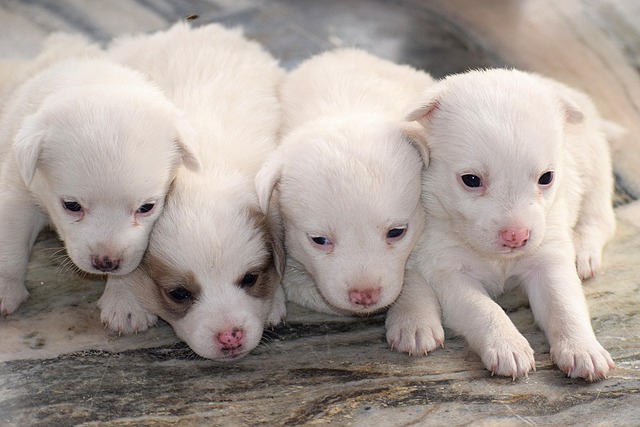
We’ve all seen it – your dog attacks their meal like it’s their last, inhaling kibble in seconds without a single chew. While it might seem comical or just enthusiastic,
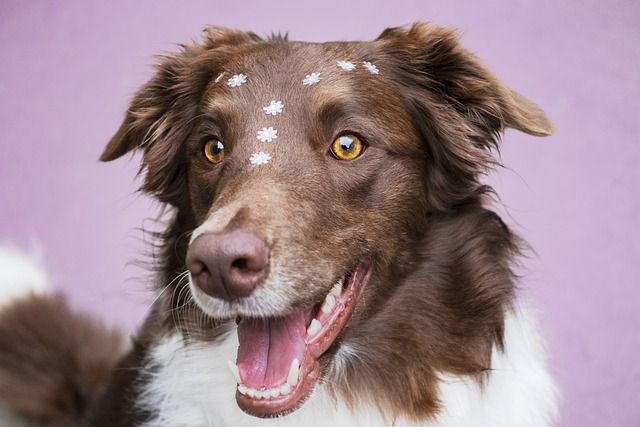
Spotting your dog seeming a bit "off" – maybe slower to get up, less playful, or even trembling – can instantly make any pet parent worry. Could it be a lack of calcium?
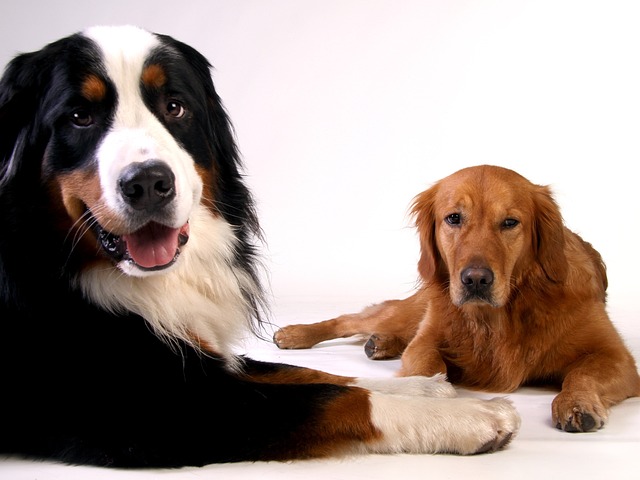
As a Chow Chow owner, those iconic triangular ears—when upright—frame their lion-like mane beautifully. But if your pup’s ears stay floppy or only partially rise, it’s natural to feel concerned.
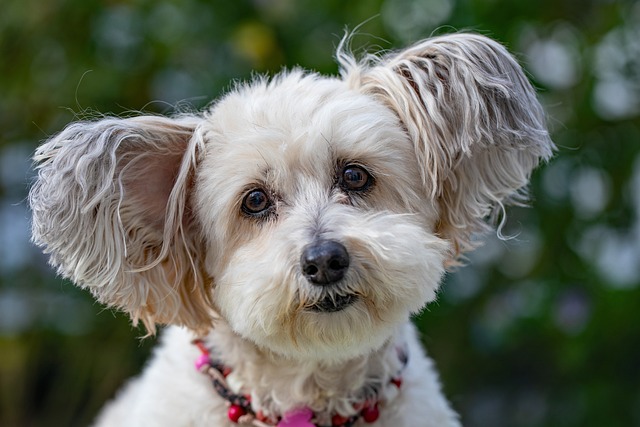
As a dog parent, it’s natural to look for simple, household solutions when your furry friend is dealing with common issues like mild odor, damp fur, or occasional skin discomfort.

Bringing a Corgi into your life means welcoming a bundle of joy—those tiny legs, fluffy backside, and a personality that’s equal parts feisty and affectionate.